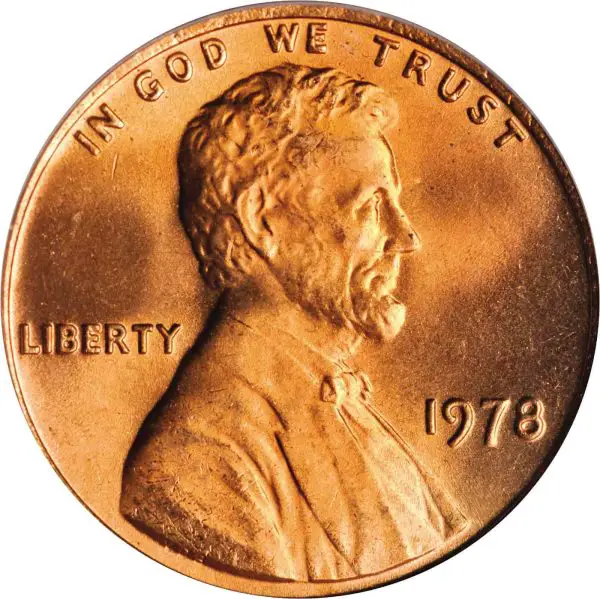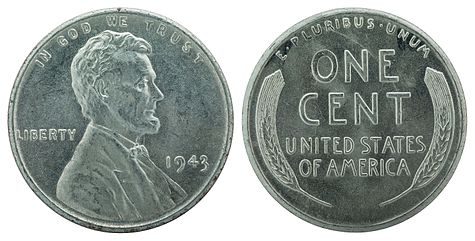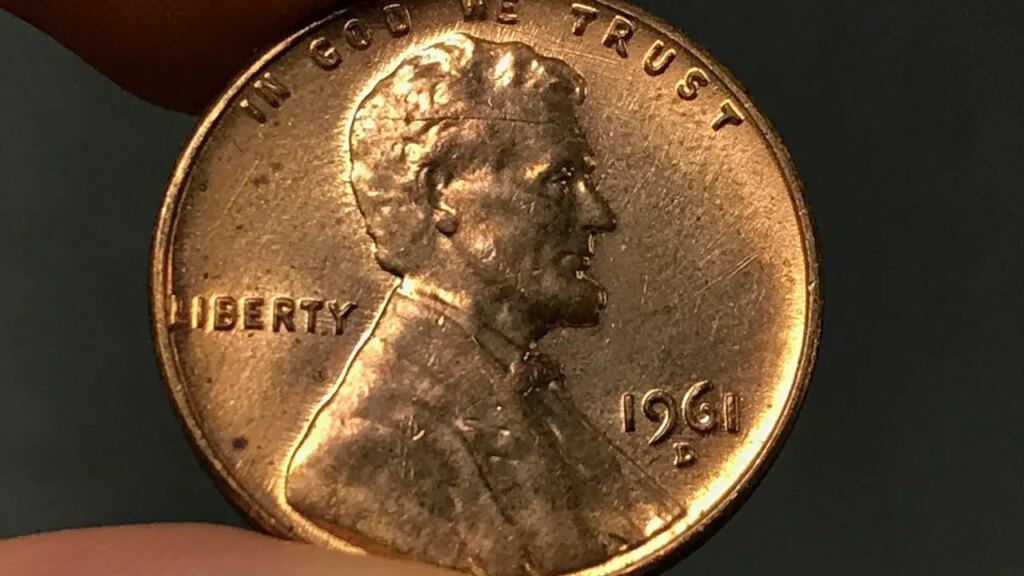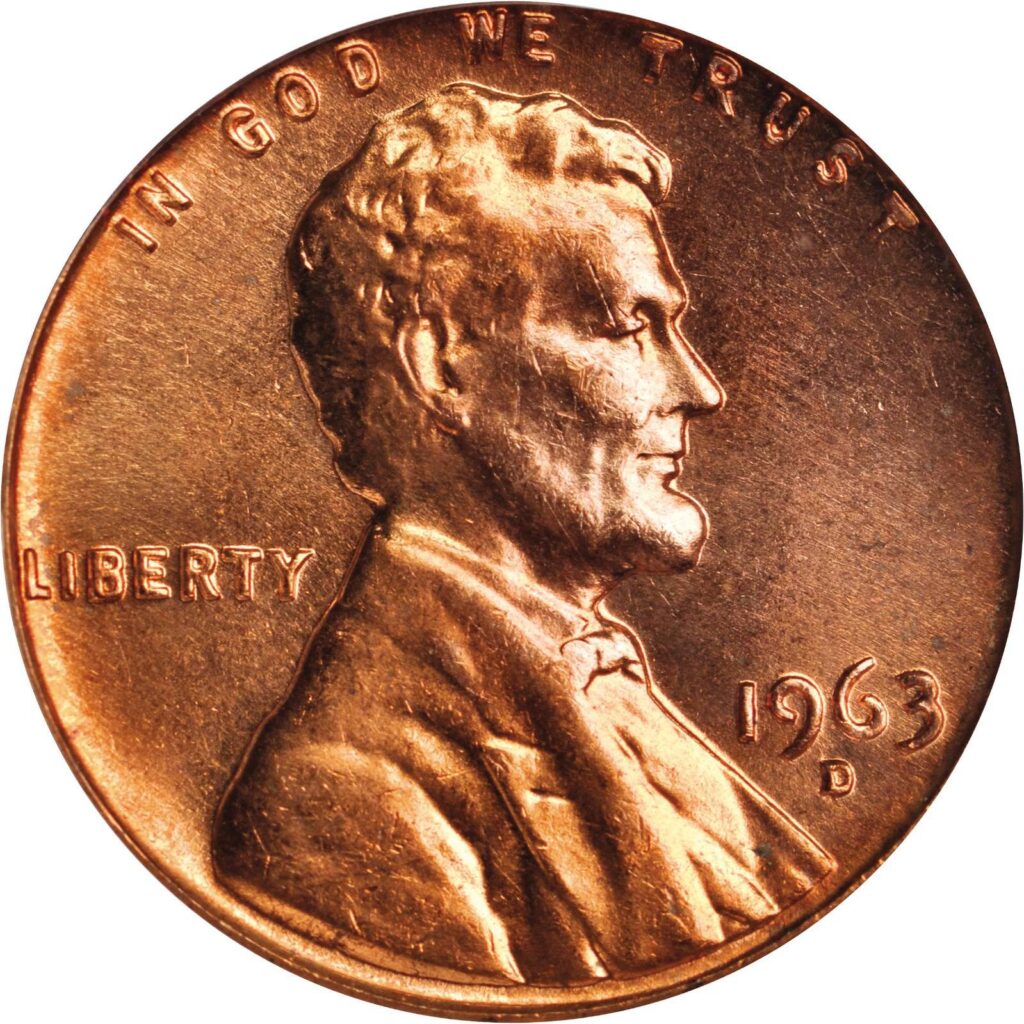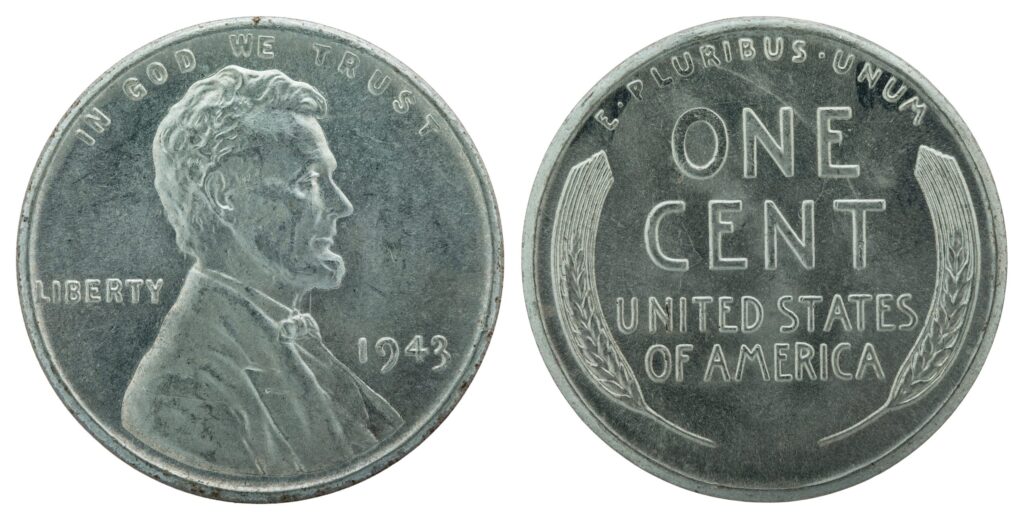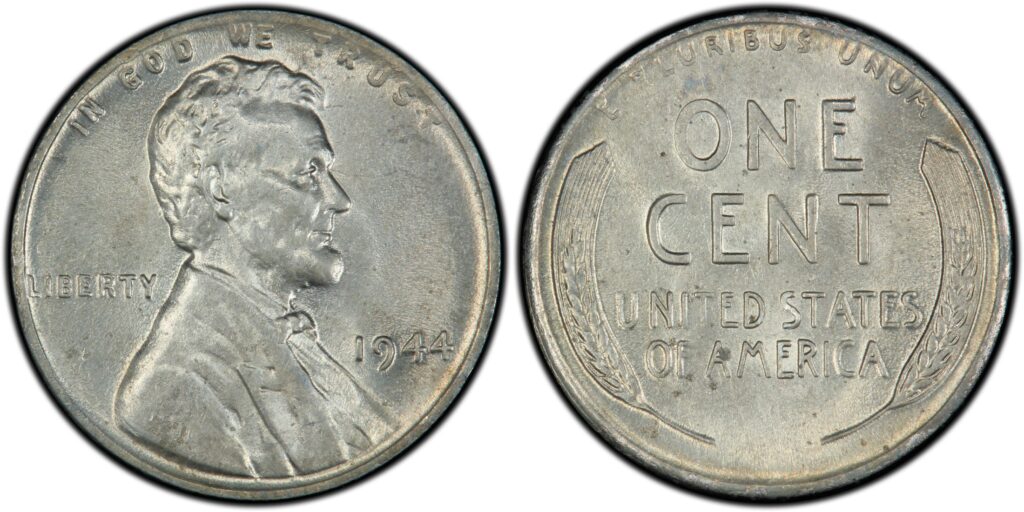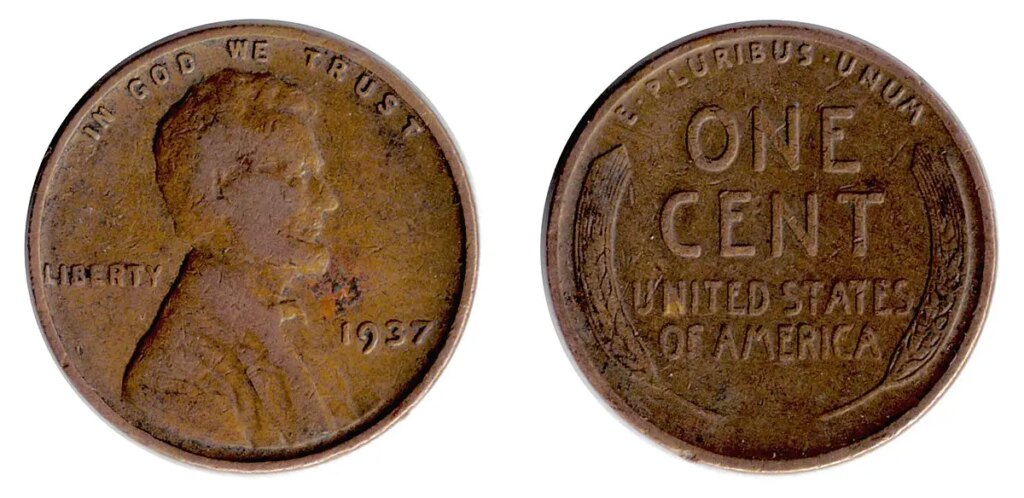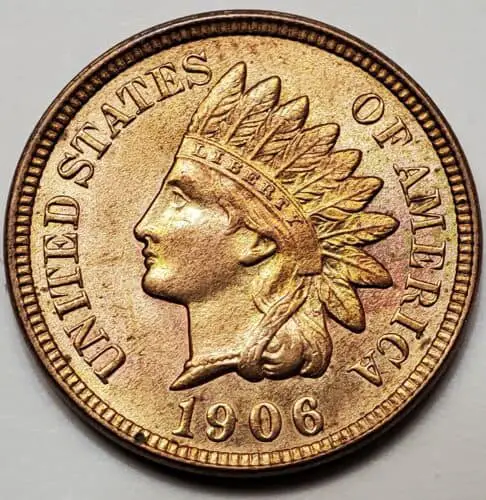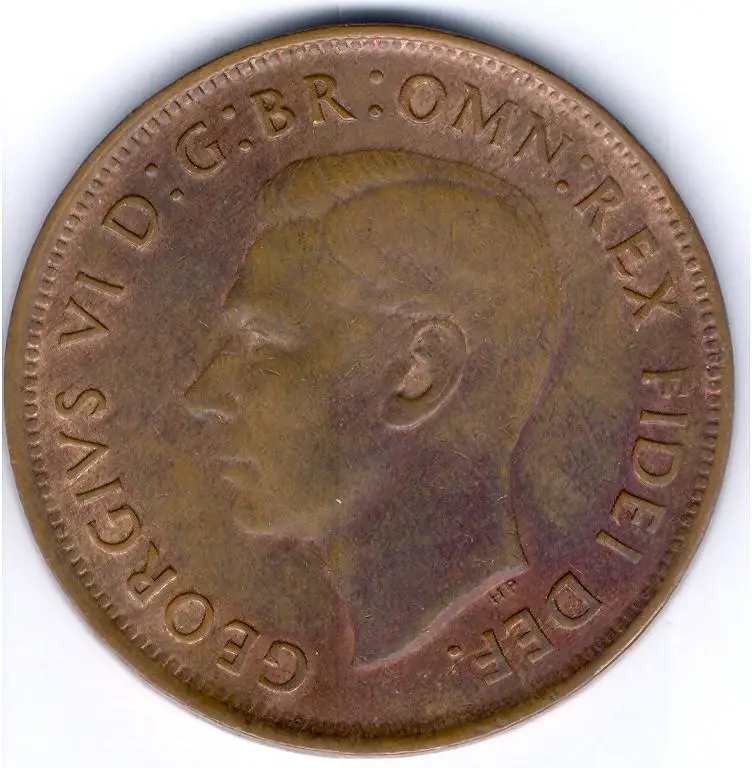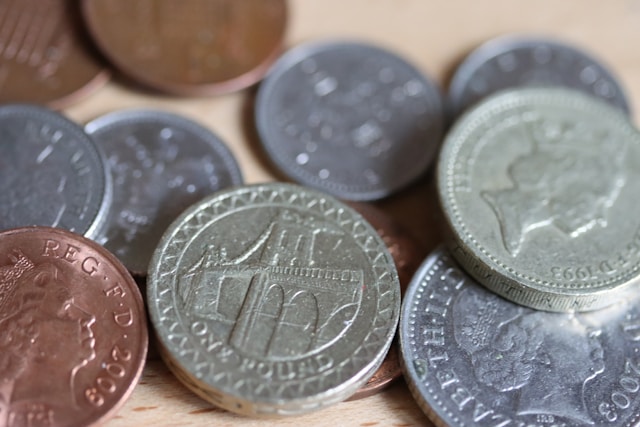If you’re wondering about the value of a 1978 penny in your collection, you’re not alone. Pennies from this year can be especially valuable depending on their condition and rarity. In this article, we’ll explore everything you need to know about the 1978 penny value, including what to look for and how to determine the worth of your coins. Whether you’re a seasoned collector or simply curious about the value of your change jar, read on for all the details.
The 10 rarest 1978 penny varieties worth a fortune
Here are ten rarest 1978 penny varieties worth a fortune that I can suggest:
1. 1978 Doubled Die Obverse Penny – worth $2000 and up.
2. 1978 Lincoln Penny Error Coins – worth $1000 and up.
3. 1978-S Proof 1C Type 1, Deep Cameo – worth $250 or more.
4. 1978-S Proof 1C Type 2, Deep Cameo – worth $80 or more.
5. 1978-S Uncirculated 1C Type 1, Deep Cameo – worth $60 or more.
6. 1978-S Uncirculated 1C Type 2, Deep Cameo – worth $40 or more.
7. 1978-D RPM Penny Variety – worth $20 or more.
8. 1978-S RPM Penny Variety – worth $20 or more.
9. 1978-S 1C DDO Proof – worth $10 or more.
10. 1978-S 1C Doubled Die Reverse Proof – worth $10 or more.
How to grade your 1978 penny and estimate its value?
Here is some information on how to grade a 1978 penny and estimate its value:
1. Check the obverse (front) and reverse (back) of the penny for signs of wear and damage. Look for any scratches, discoloration, or dents that may affect the coin’s appearance and value.
2. Use a magnifying glass and a bright light to inspect the details of the penny. Look for any signs of wear on the high points of the design, such as Lincoln’s hair or the wheat ears on the reverse side.
3. Refer to a coin grading guide to determine the overall condition of the penny. A scale from “poor” to “mint state” is used for grading coins, with “good,” very good,” fine,” very fine,” and “extra fine” in between. The higher the grade, the more valuable the coin is likely to be.
4. Check for any special features or errors on the penny that may increase its value. For example, a 1978 penny that is double-dated or has an unusually small or large date may be worth more than a regular penny.
5. Research the current market value of the penny based on its grade and special features. Websites such as CoinValues.com or coin-collecting books can provide information on the value of different coins.
Remember, the value of a coin can vary depending on its rarity, condition, and demand from collectors. It’s always best to get a professional appraisal or consult with a coin dealer to get an accurate estimate of the value of your 1978 penny.
The historical and cultural significance of the 1978 penny
The penny itself has gone through many iterations and changes over the years, and 1978 was just another year in its long history. However, some collectors may find the 1978 penny noteworthy because it was the first year of a new reverse design featuring the Lincoln Memorial instead of the wheat ears design used from 1909 to 1958. Additionally, the 1978 penny had a relatively low mintage compared to other pennies, which makes it slightly more valuable in the collector’s market.”
Unveiling the secrets of the 1978 penny minting process
In 1978, the United States Mint produced over 6.8 billion pennies, making it one of the most common coins in circulation at the time. The minting process involved several steps, including:
1. Blanking: A large roll of copper and zinc alloy (the composition of a penny) was fed through a blanking press, which cut out circular discs of metal, each about the size and weight of a penny.
2. Upsetting: The discs were then fed through an upsetting machine, which raised the rim of the coin and produced a raised lip for the reading.
3. Rimming and Reeding: The rims were then beveled and reeded, and the coins were subjected to a cleaning process to remove any dirt or oils.
4. Striking: The final step was striking the penny. The blank was fed into a coining press, where it was struck with tremendous force between two dies. One die held the obverse (front) design of the coin, featuring the profile of Abraham Lincoln. The other die had the reverse design (the Lincoln Memorial at the time).
Interestingly, there were no major changes or variations to the production process for the 1978 penny. No significant errors or varieties are known to exist for this year. However, some collectors might value certain pieces more than others, depending on specific characteristics such as the condition or overall appearance of the coin.
In summary, the 1978 penny minting process was similar to that of other years, producing over 6.8 billion coins without major variations.
Comparing the value of 1978 pennies to other coins from the era
In 1978, the US Mint produced both copper and zinc pennies, depending on the mint mark. Copper pennies were produced in Philadelphia, while zinc pennies were produced in Denver. Copper pennies were worth more than zinc pennies at the time due to the higher intrinsic value of copper.
Compared to other coins from the era, 1978 pennies are generally not considered to be highly valuable or rare. Some coins from the era that may be more valuable include:
– 1979 Susan B. Anthony Dollar: The first small-size dollar coin, only made between 1979 and 1981, and again in 1999. Some varieties, such as the 1979 wider rim or the 1981 proof-only coins, can be worth several hundred dollars.
– 1976 Bicentennial Quarter: Part of the special bicentennial coinage, featuring the dual-dated 1776-1976 on the reverse. The quarter also has a unique design featuring a colonial drummer boy. While most are worth face value, high-grade examples can sell for $10 or more.
– 1970-D Kennedy Half Dollar: This coin features a doubled-die obverse, which means the design was struck twice by mistake, creating a distinct and noticeable distortion. This variety can be worth thousands of dollars.
Overall, the value of coins from any era depends on factors such as rarity, condition, and collector demand. It’s always best to consult a professional coin dealer or expert to determine the value of your specific coins.
The most valuable errors and misprints found in 1978 pennies
Some general information on valuable errors and misprints found in coins, such as:
1. Double Die Obverse (DDO) – This error occurs when a coin is struck with misaligned dies, resulting in a doubling of the design on the coin’s obverse (front side).
2. Repunched Mint Mark (RPM) – This error occurs when a mint mark is punched into the die multiple times, resulting in multiple mint marks that appear stacked or partially overlapped.
3. Off-Center Strike – This error occurs when the coin is struck off-center, resulting in the design being shifted towards the edge of the coin.
4. Broadstrike – This error occurs when a coin is struck without the collar dies, resulting in a coin with no defined edge.
5. Missing Letters or Numbers – This error occurs when the coin has missing letters or numbers in the design. This can result from worn or damaged dies or errors during the minting process.
These are just a few examples of valuable errors and misprints found in coins, and their value can vary depending on factors such as rarity and condition. It is important to note that not all errors and misprints in coins are valuable, and some may even decrease the coin’s value.
Exploring the impact of inflation on the value of 1978 pennies over time
Inflation refers to the increase in the price of goods and services in an economy over time. As inflation increases, the value of money decreases over time due to the decreased purchasing power of the currency. Inflation can have a significant impact on the value of coins, including the 1978 penny.
To understand the effect of inflation on the value of a 1978 penny, we need to compare the purchasing power of a penny in 1978 to its purchasing power today. Using CPI values from the Bureau of Labor Statistics, we can measure the inflation rate over the past 43 years since 1978. According to these metrics, the inflation rate from 1978 to 2021 is 300.8%.
To calculate the value of a 1978 penny in today’s dollars, we can use the following formula:
Value of 1978 penny in today’s dollars = 1978 penny value x inflation rate
According to the United States Mint, a 1978 penny is worth one cent. Using the formula above, we can calculate the value of a 1978 penny in today’s dollars as follows:
Value of 1978 penny in today’s dollars = 1 cent x 3.008 = 3.008 cents
This means that a 1978 penny is currently worth about 3 cents in today’s dollars, adjusted for inflation. Therefore, the purchasing power of a 1978 penny has significantly decreased over time due to inflation.
In conclusion, exploring the impact of inflation on the value of 1978 pennies over time reveals that the value of a 1978 penny has significantly decreased due to inflation. The purchasing power of a 1978 penny has decreased by about 300.8% since it was minted.
Spotlight on the most sought-after 1978 penny designs and finishes
Here are some of the most sought-after 1978 penny designs and finishes:
1. Proof 1978 Lincoln Penny: The Proof penny is made from specially prepared dies and planchets, and struck multiple times to give it a mirror-like finish. The 1978 Proof penny is particularly desirable because it has a mintage of only 4,393,514.
2. Doubled Die Obverse 1978 Lincoln Penny: This variety of penny has a doubled image on the obverse die, giving it a unique and sought-after appearance. It is a result of a rare minting error, and as such, not many were produced.
3. Uncirculated 1978 Lincoln Penny: This coin has never been circulated, so it retains its original luster and mint state. Many collectors seek out uncirculated coins because they are in their original condition and have not been subjected to wear and tear.
4. Cameo Proof 1978 Lincoln Penny: The Cameo Proof 1978 penny has a frosted appearance on the design elements, while the fields are mirror-like. This contrast creates a striking appearance that many collectors find desirable.
5. Mint Error 1978 Lincoln Penny: Mint errors occur during the minting process and result in unique coins that can be highly sought after by collectors. Examples of mint errors in 1978 pennies include off-center strikes, double strikes, and laminations.
The impact of condition and packaging on 1978 penny value
Condition and packaging are significant factors that impact the value of any collectible item, including coins. The 1978 penny is no exception. If the coin is in excellent condition with no wear or damage, it is worth more than a coin that is worn or damaged. Similarly, if the coin is still in its original packagings, such as a mint set or proof set, it is worth more than a coin that does not have its original packaging. The rarity of the coin also plays a role in determining its value.
Discovering the stories behind the most unusual 1978 penny discoveries and sales
1978 was a year of great discovery for coin collectors and enthusiasts. While the 1978 penny is not considered rare, there are a few unique variations that can fetch a higher price than their standard counterparts. Here are some of the most unusual 1978 penny discoveries and sales:
1. ” Filled D” penny: In 1978, the Denver mint made a mistake on some of its pennies. Instead of having a “D” for Denver on the tail side of the penny, some of the pennies had a filled-in “D” or a “flat D.” These variations are highly sought after by collectors and can sell for thousands of dollars.
2. Double die obverse: Some 1978 pennies were struck with a double die on the obverse side of the coin. This means that the design elements were stamped twice, creating a slightly blurred but unique appearance. These pennies can sell for several hundred dollars.
3. Proof sets: The 1978 proof set contained a special penny with a mint mark that was not used on any other coins that year. Collectors often seek out the 1978 proof set for this unique penny, which can sell for around $20.
4. Mint errors: As with any coin, there are bound to be mistakes made during production. One 1978 penny was found with a partial collar error, which means that the collar, or the metal ring that helps shape the coin, was not properly aligned during the striking process. This resulted in a penny with an uneven edge and an unusual appearance. This coin sold for over $300 on eBay.
Although these discoveries are rare, it’s always worth taking a close look at your change to see if you’ve stumbled upon a valuable coin. Who knows, you might just discover the next big find!

